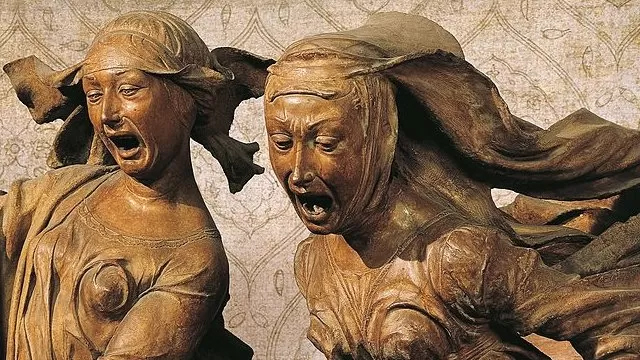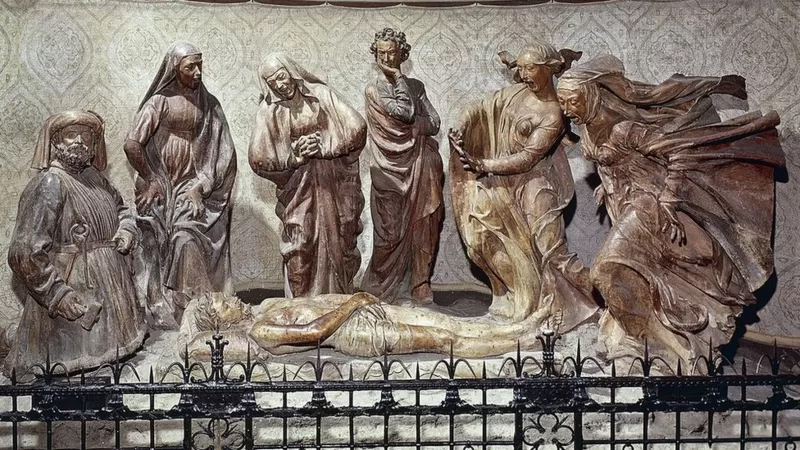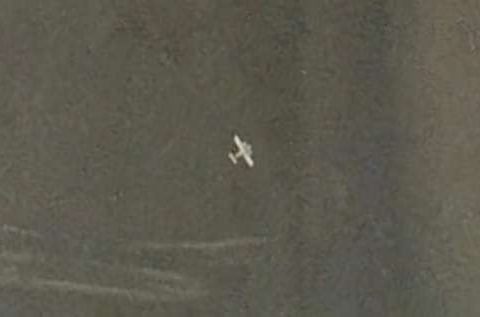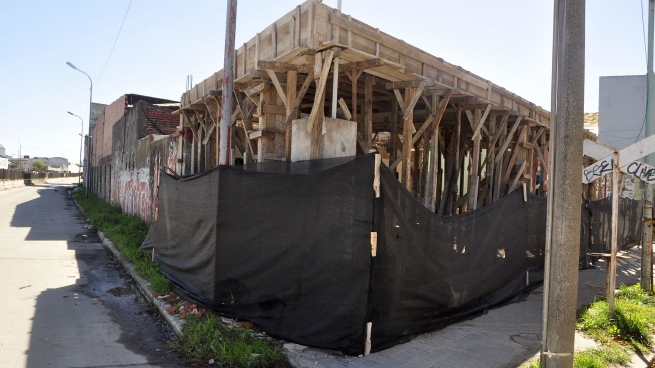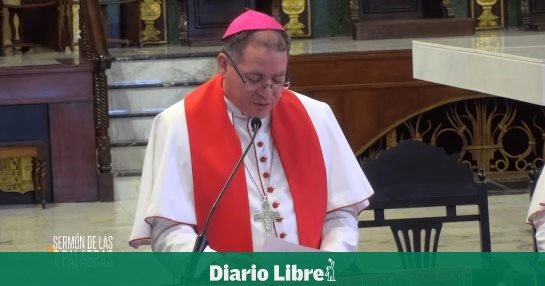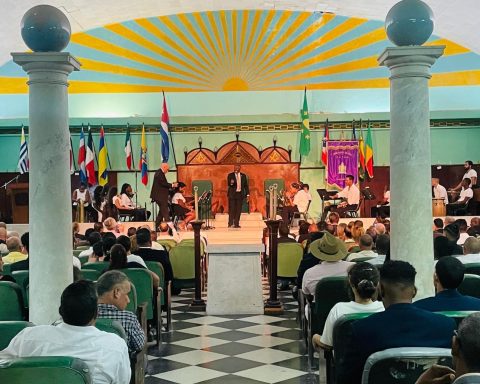Setting: the Holy Sepulcher in Jerusalem. In the center, the body of Christ lies lifeless on a rectangular coffin.
Around him, six life-size figures express, with some heartbreaking gestures and an almost theatrical drama, the unbearable pain of his death.
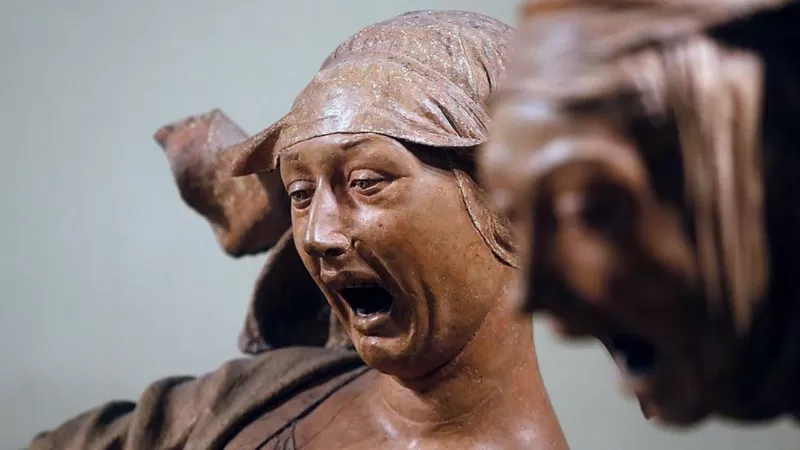
They are the Virgin, the three Marys (Mary Magdalene, Mary Salomé and Mary of Cleophas), Saint John and Joseph of Arimathea.
We are in a church in Bologna, Italy, and this sculptural ensemble is a work exceptionally moving by the Italian artist Niccolò dell’Arca.
This treasure is called ‘Compianto sul Cristo Morto‘ (Lament for the death of Christ) and is characterized by a dramatics unprecedented for its time.
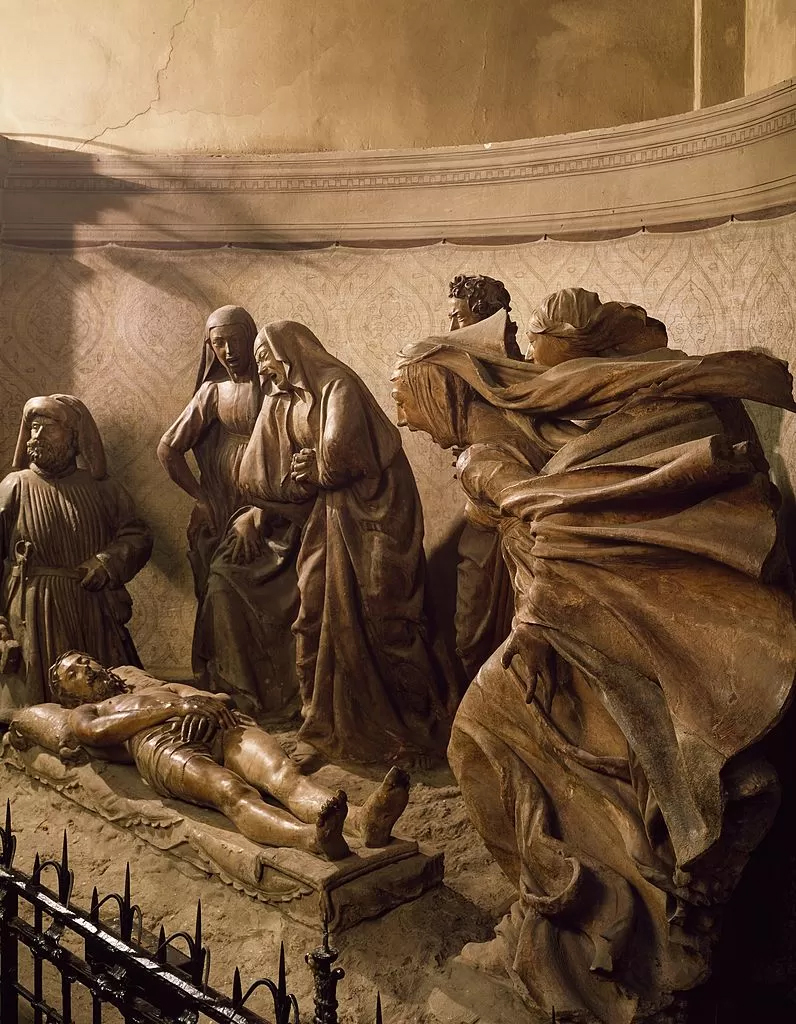
In the work, the head of Christ rests on a pillow where the author’s signature is engraved: NICOLAI OF APULIA.
The artist, known by the nickname Niccolo dell’Arcawas born between 1435 and 1440 in Apulia, a region in southern Italy.
The artist molded the figures with terracotta, a material considered “poor” with which he achieved an expressive power of great realism and visual impact.
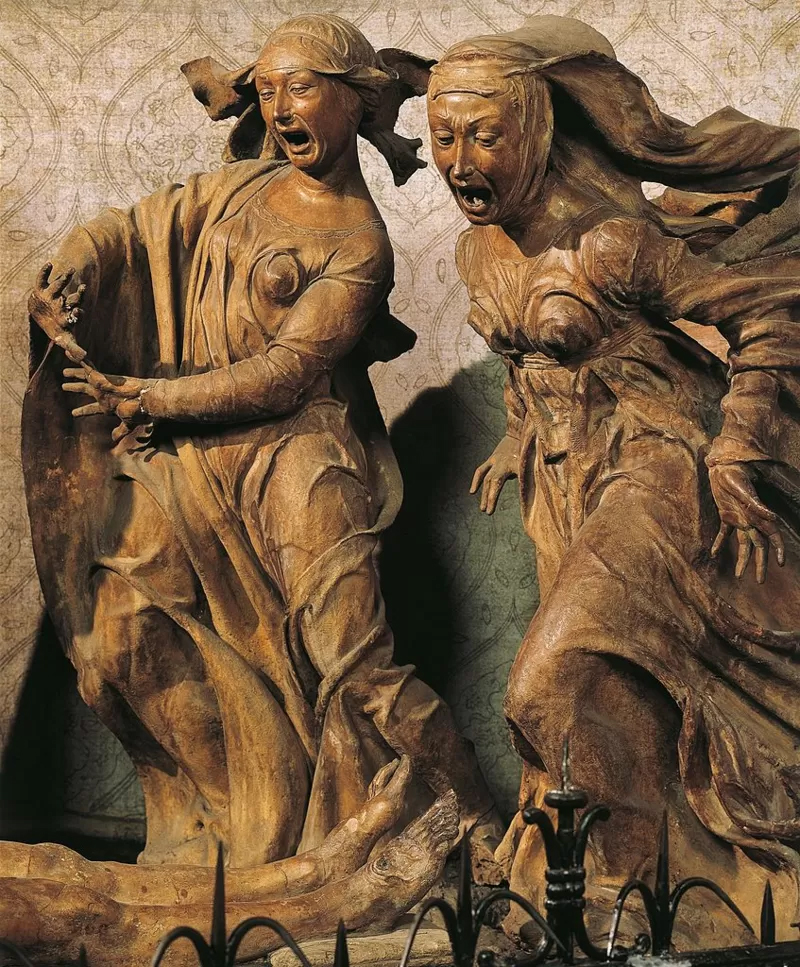
Mary Magdalene, her clothes ruffled by the wind, is petrified in a cry of pain and disbelief before the inexorable reality.
María de Cleofás stops short before reaching the body of Christ and raises her hands as if she wanted to deny the scene.
Saint John, motionless, overflows with sadness.
The Virgin, with her hands tightly intertwined, has the most piercing everyone: their pain is immeasurable.
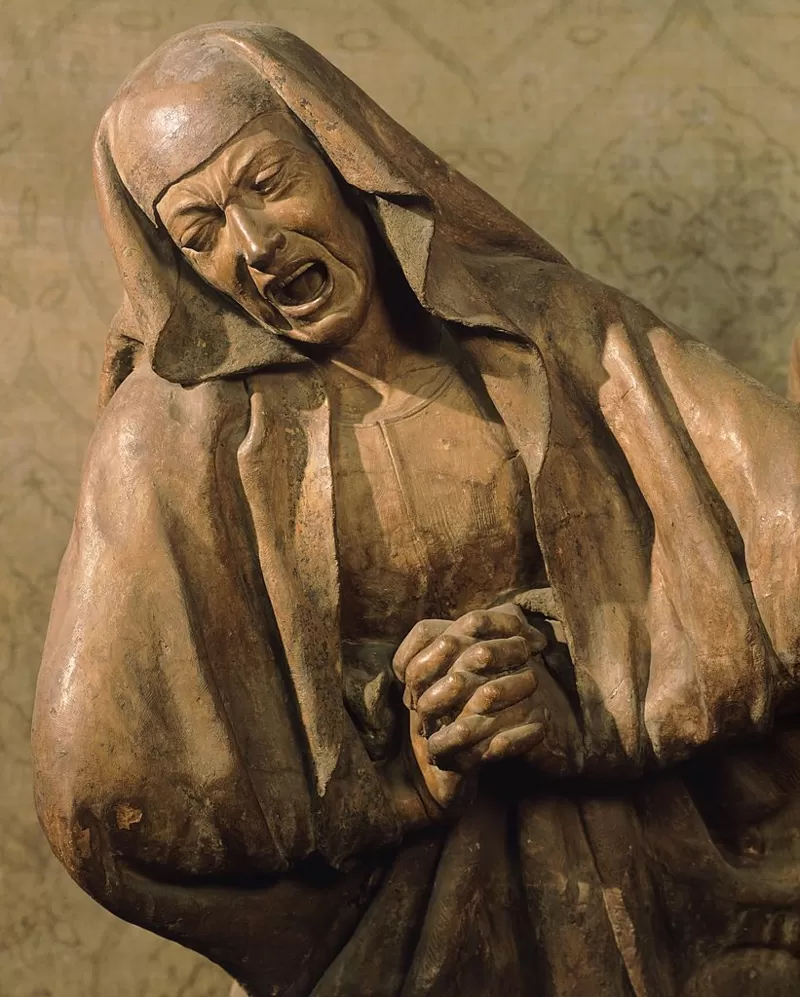
María Salomé tries to contain her tears by holding on to her legs and squeezing her hands tightly.
The only one who does not look at Christ is Joseph of Arimathea, who seems to invite the viewer to participate in such a painful tragedy.
The magnificent set is located in the Church of the Life (Church of Life), in the city of Bologna, in the north of the peninsula.
The origins of the church
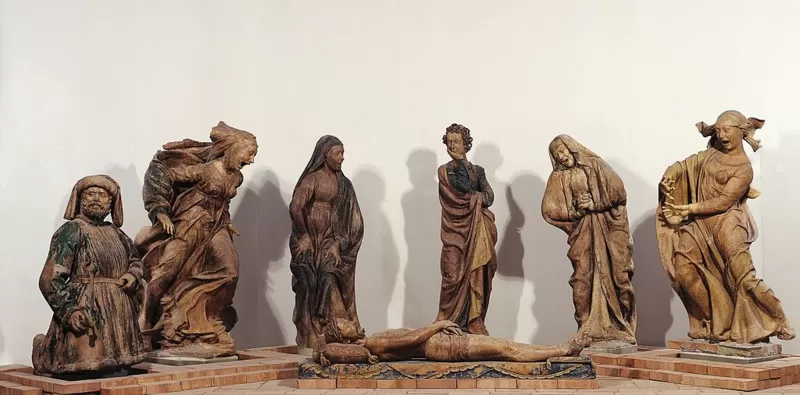
In the year 1260, the Franciscan Raniero Fasani undertook, “inspired” by the Virgin, a path that would take him to Bologna. He did not do it alone: he was accompanied by some of his followers.
During the trip his admirers increased without stopping. They crossed the cities shouting “Peace!” to calm the Christian factions who were in a bloody fight with each other, and they flogged to procure the pains of Christ.
Already in Bologna and with 20,000 followers, Fasani founded the Confraternity of the Battuti Bianchi (the “friars who flagellate”), and built a hospital in the center of the city where they cared for and received the sick and pilgrims.
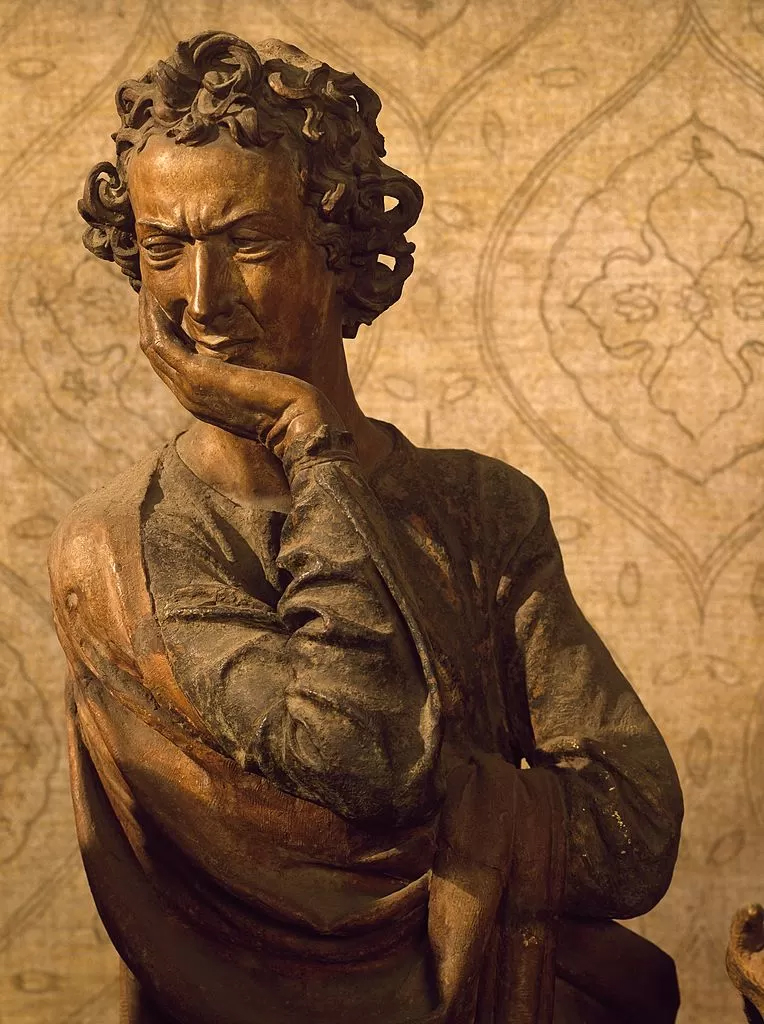
Next to it there was a church, previously dedicated to San Vito but which, due to the fame of the hospital’s doctors and their cures and the desire to dedicate it to the Virgin who inspired it, ended up being called Chiesa della Vita.
It is believed that it was this fellowship that commissioned the work to Niccolò dell’Arca around 1463.
Currently the museum is located in what used to be the hospital, which was in operation until the 18th century.
Some experts think that the artist could have had as a model for the horror that he managed to imprint on the looks and faces of these sculptures. the torment and the pain that he saw in the families of the sick housed in the adjacent hospital.
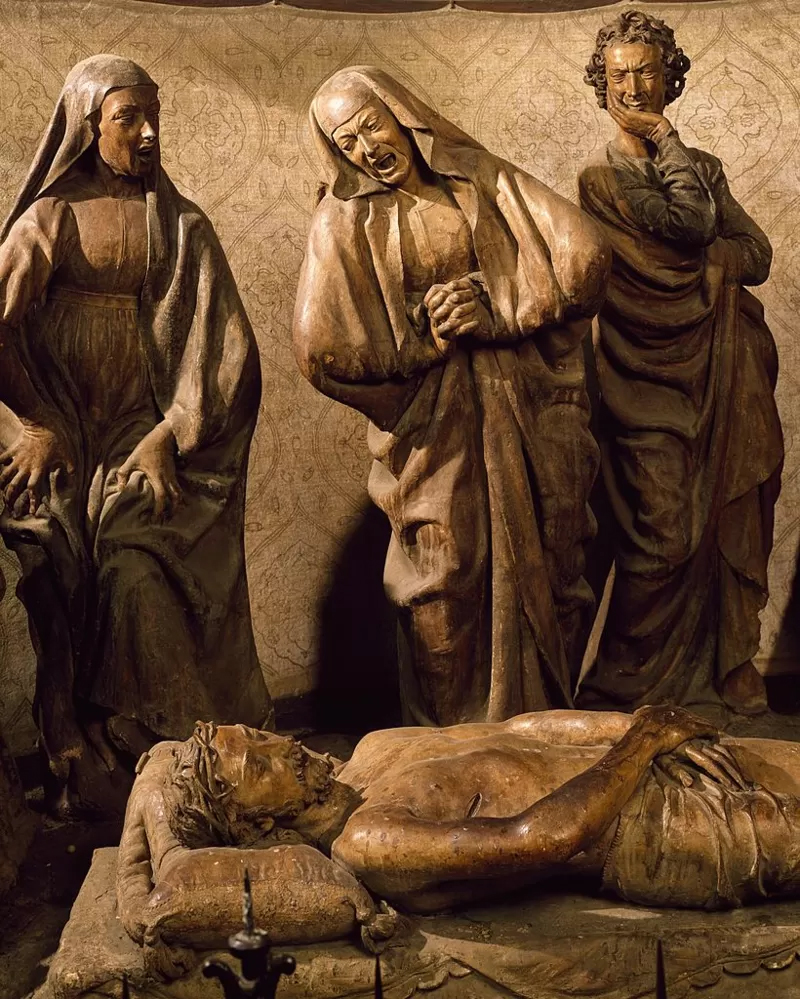
Thus, the ‘Compianto’ has value as an object of religious worship, as outstanding work of art and also because it is linked to the history of the sick and the assistance of pilgrims.
Although the tomb of Niccolò dell’Arca, who died in 1494, was destroyed, there is still a tombstone with the following epigraph:
«You who gave life to the stones and form the signs inspired by the sky. O pain! You too are in this place where Praxiteles, Phidias and Polykleitos admire and adore, O Nicola, the (works) of your hands».
